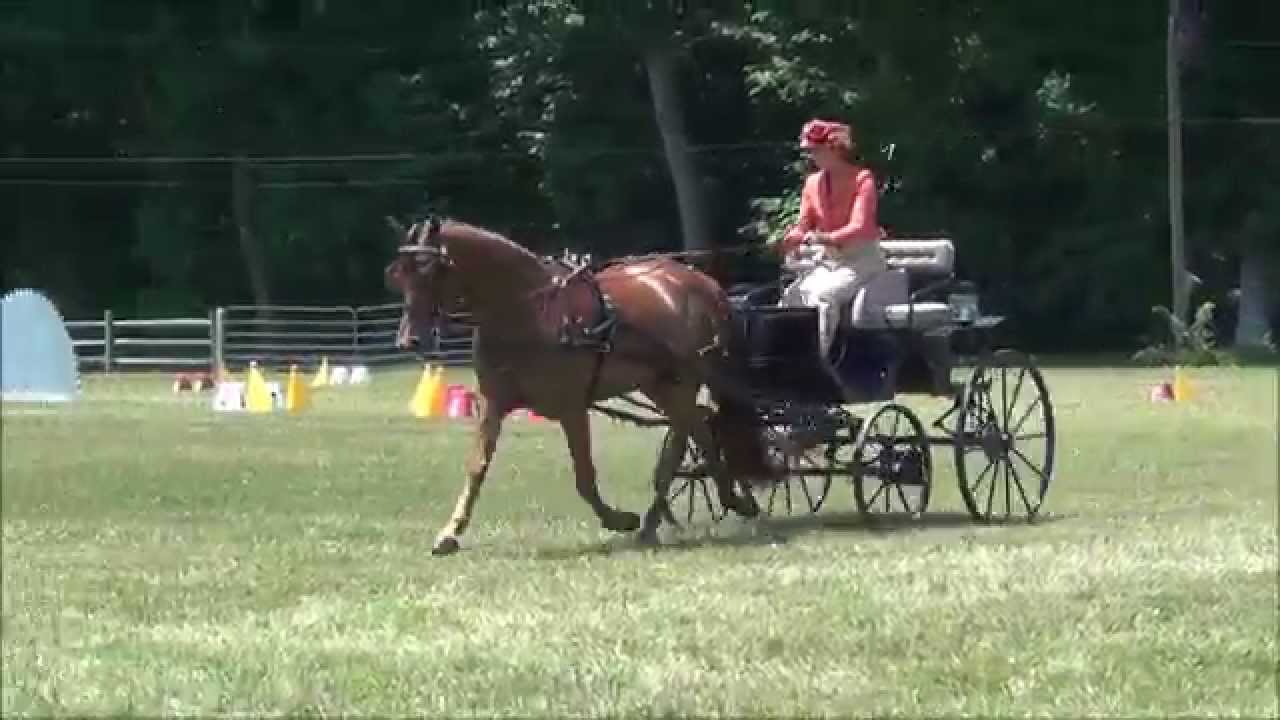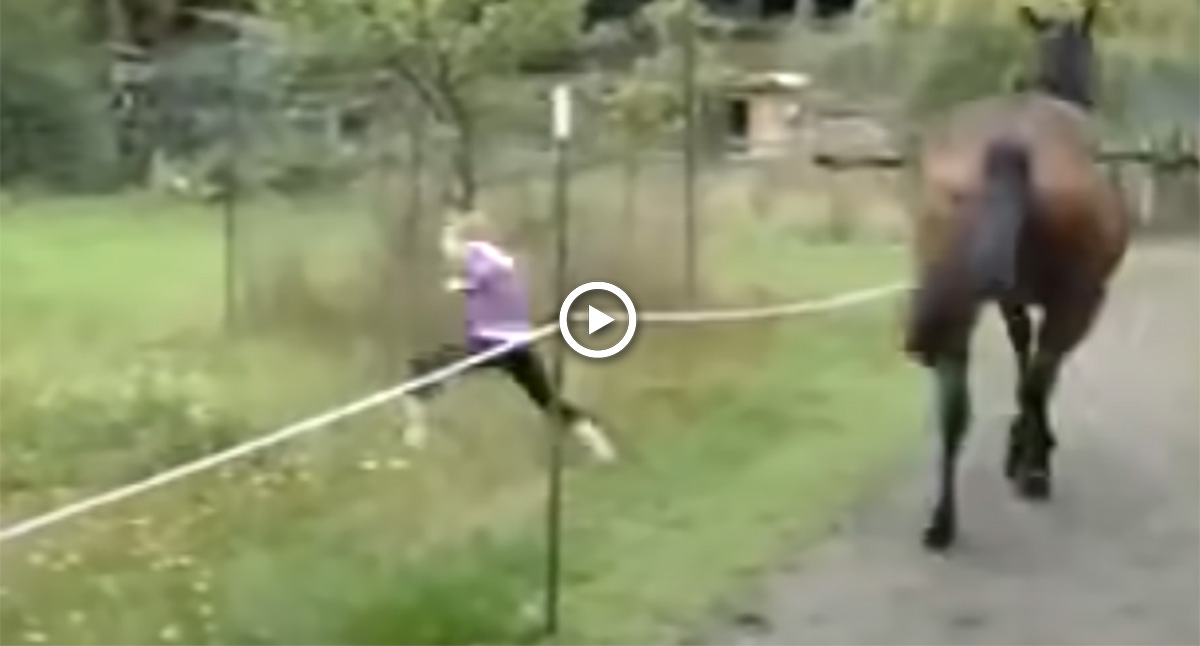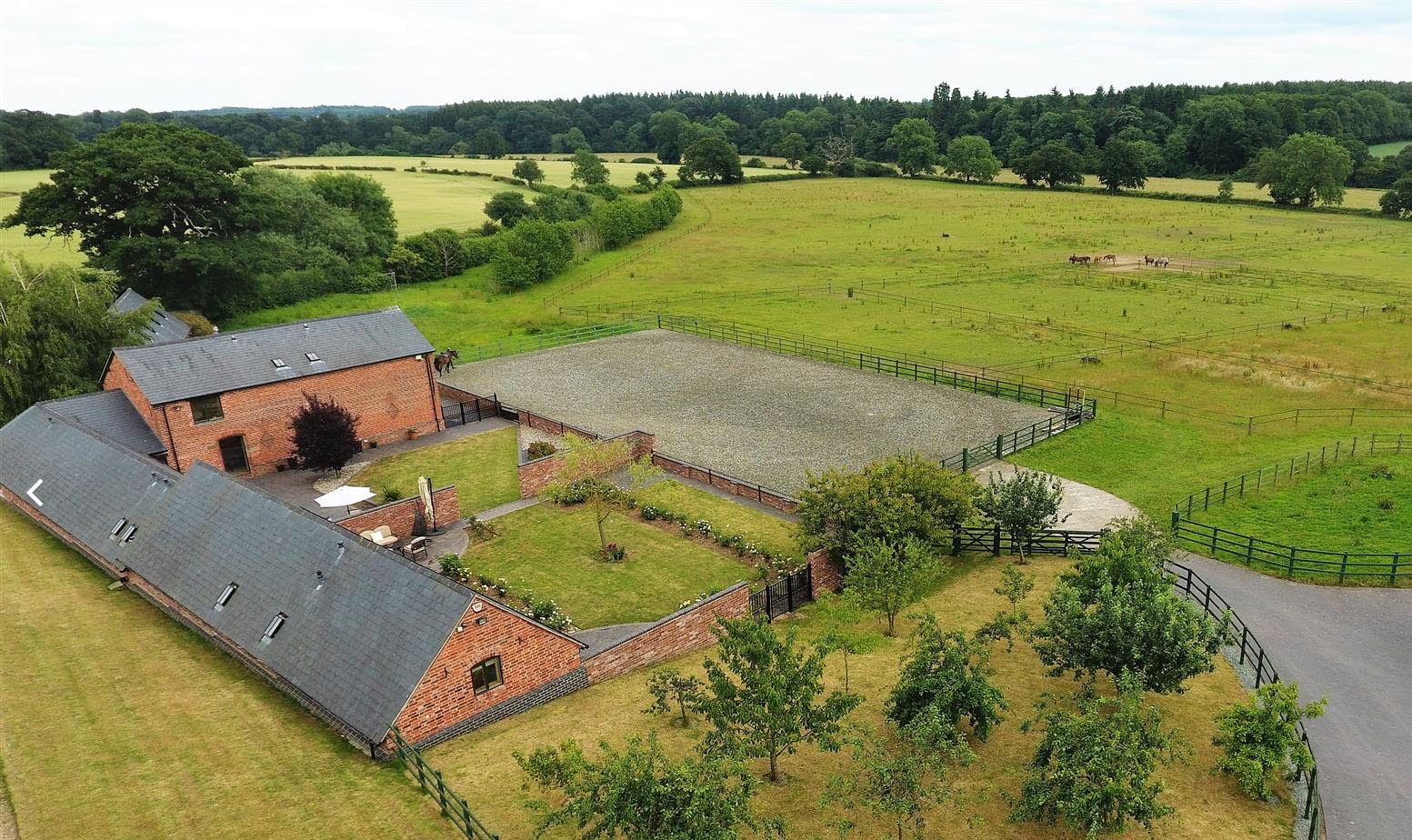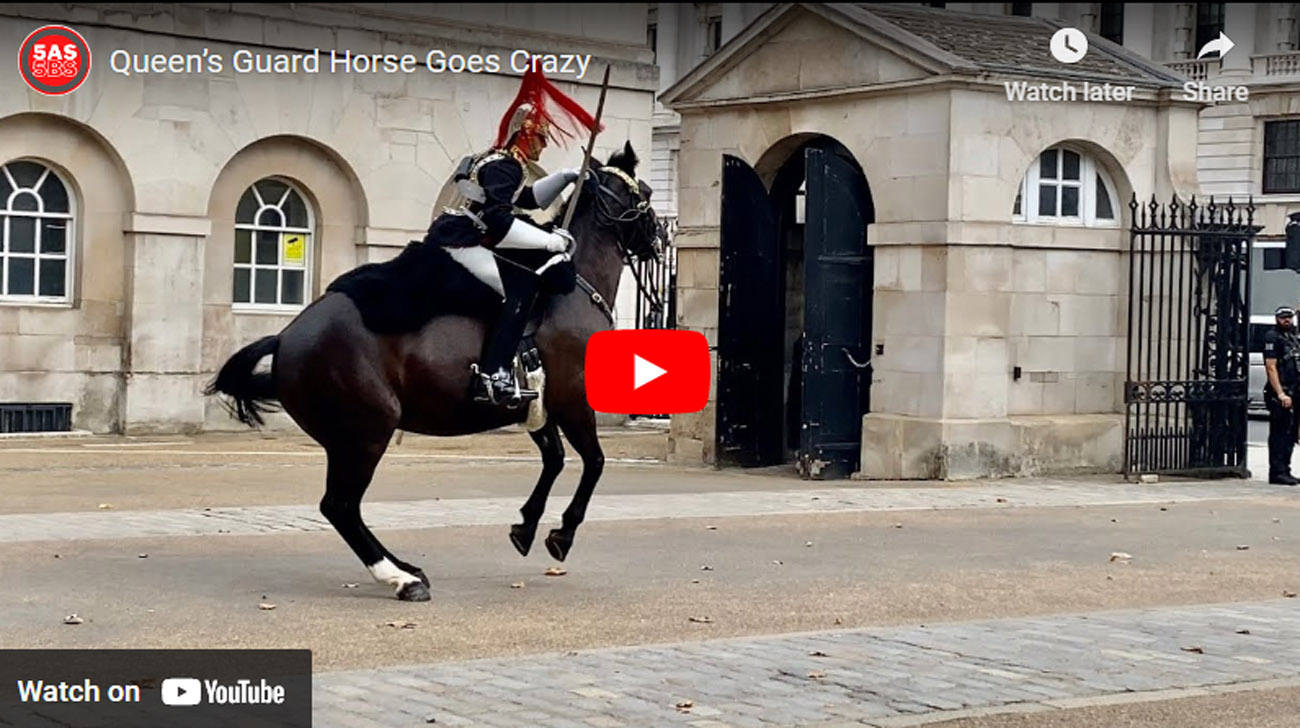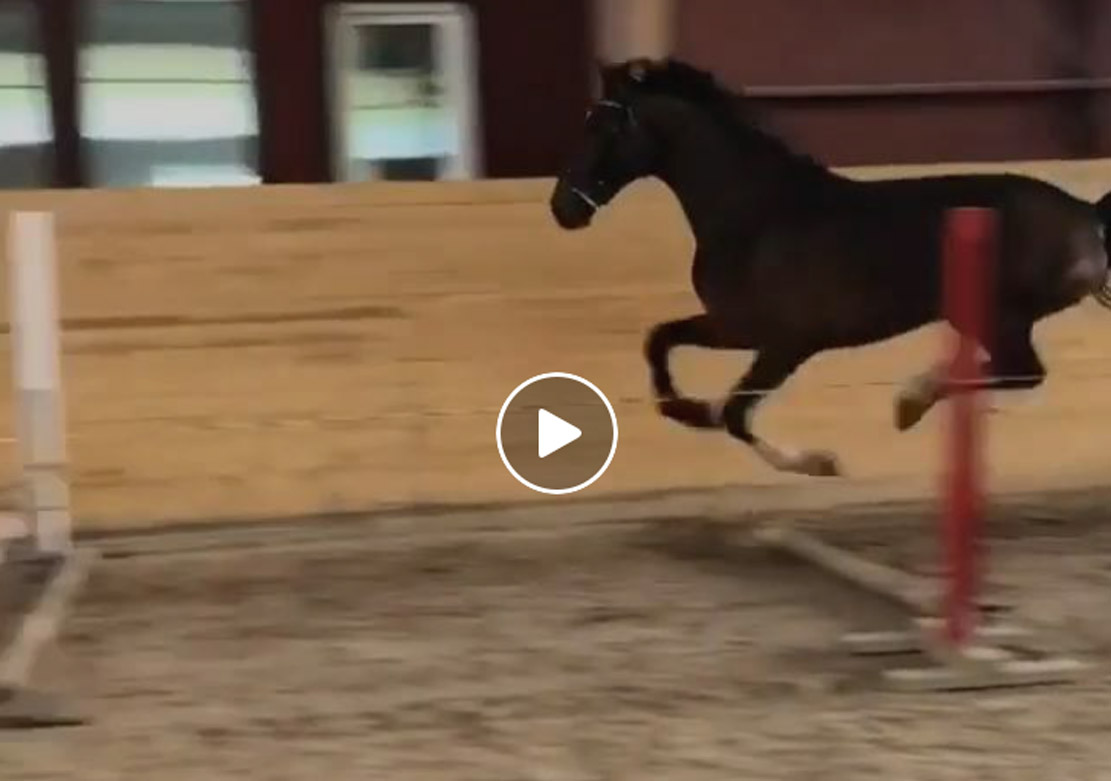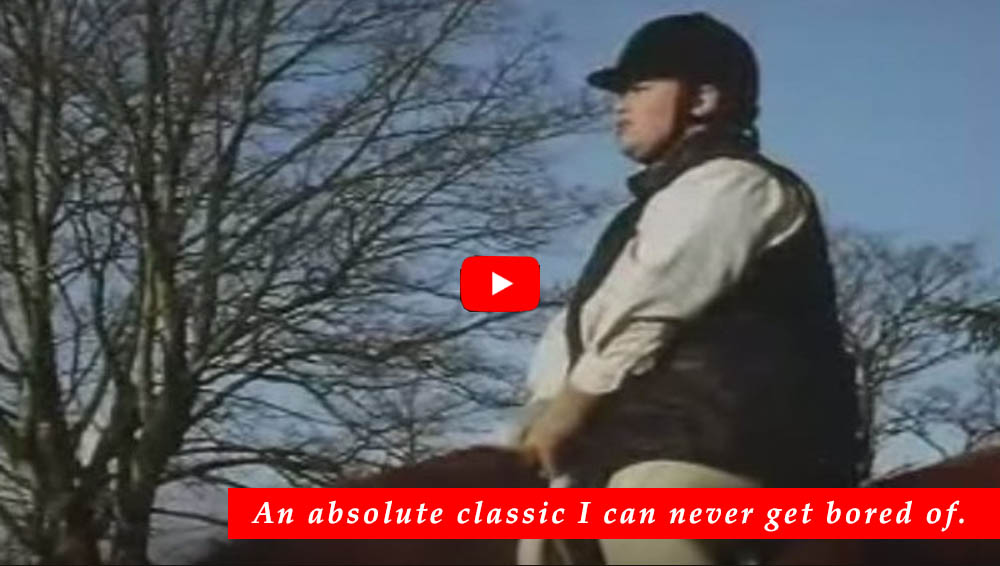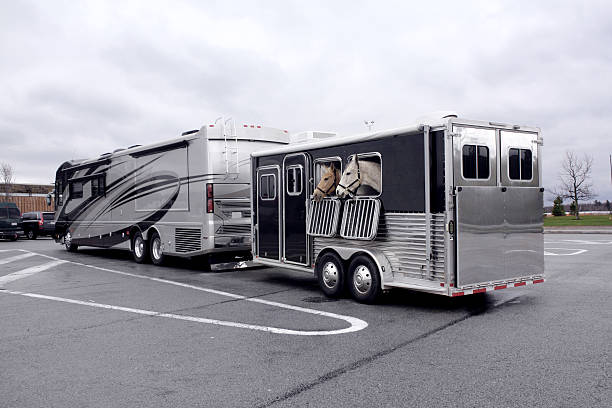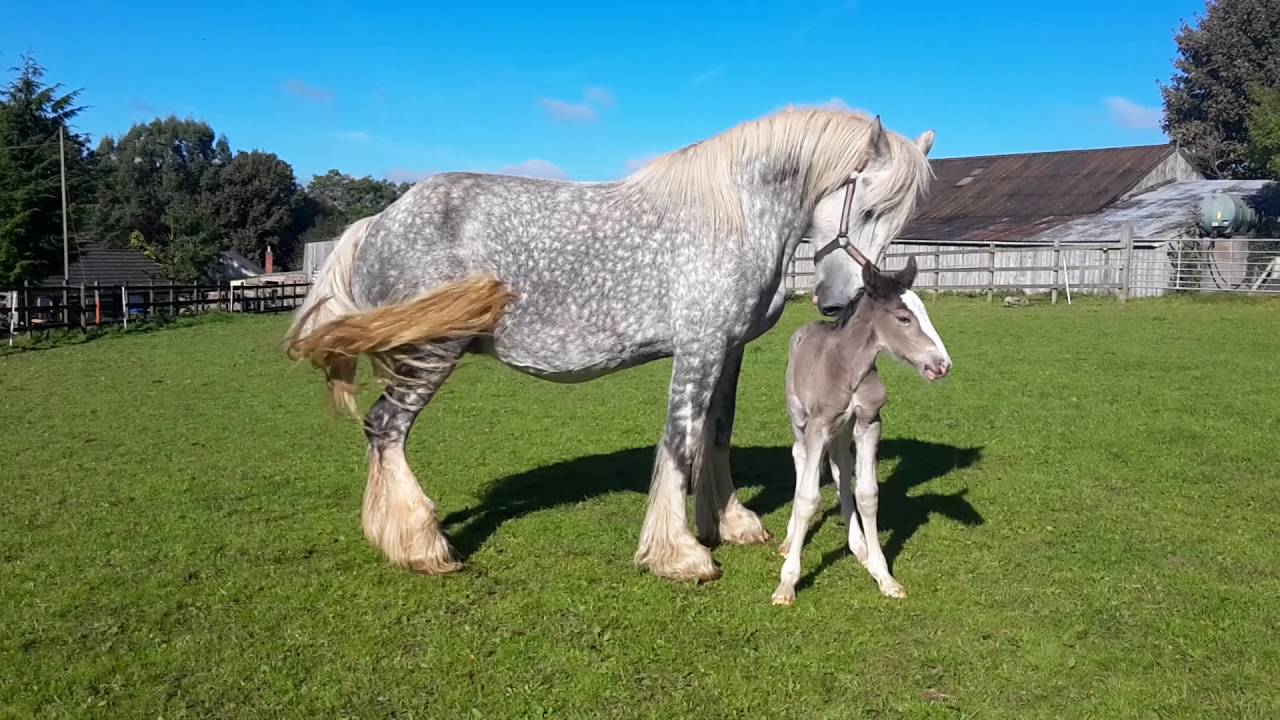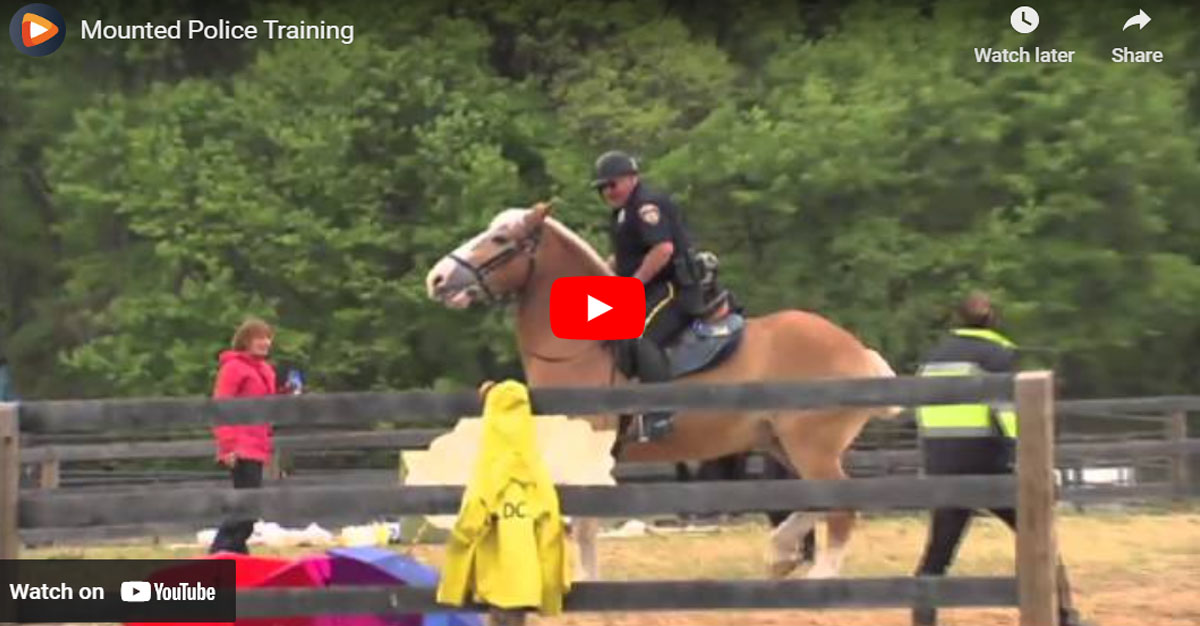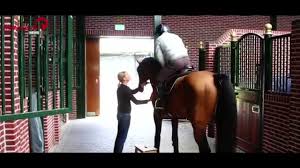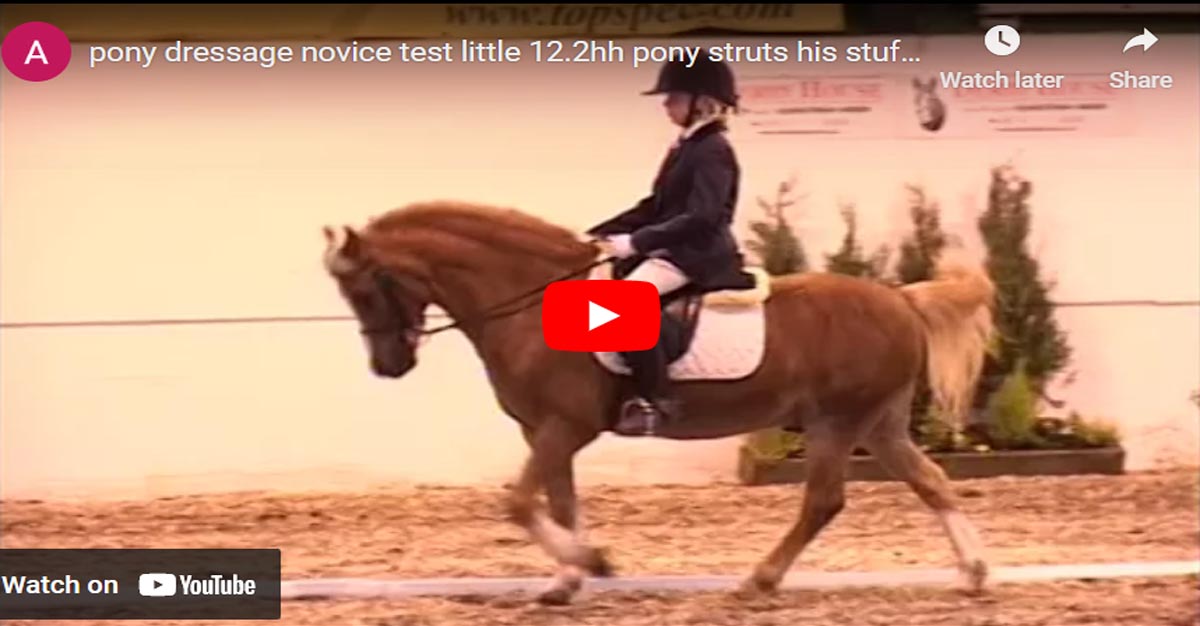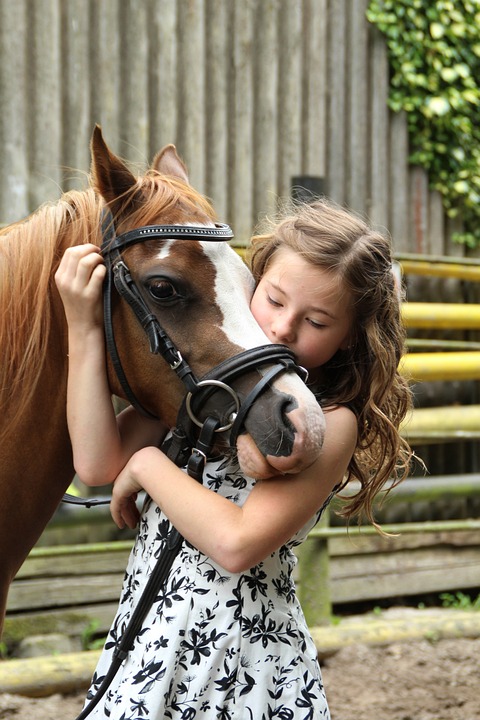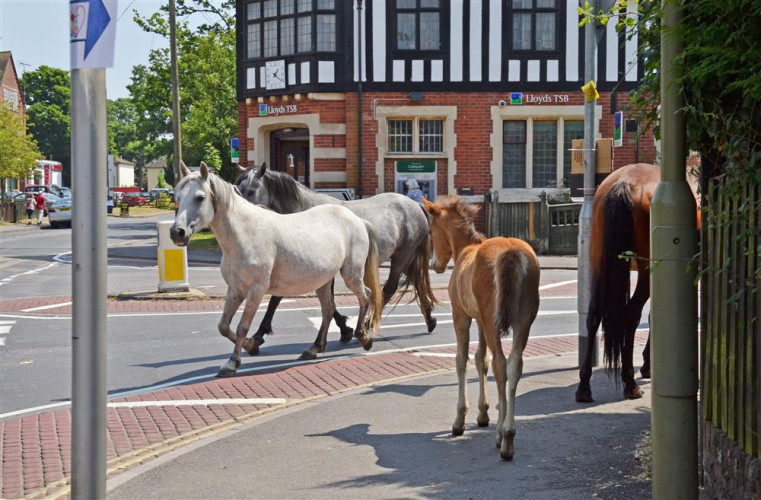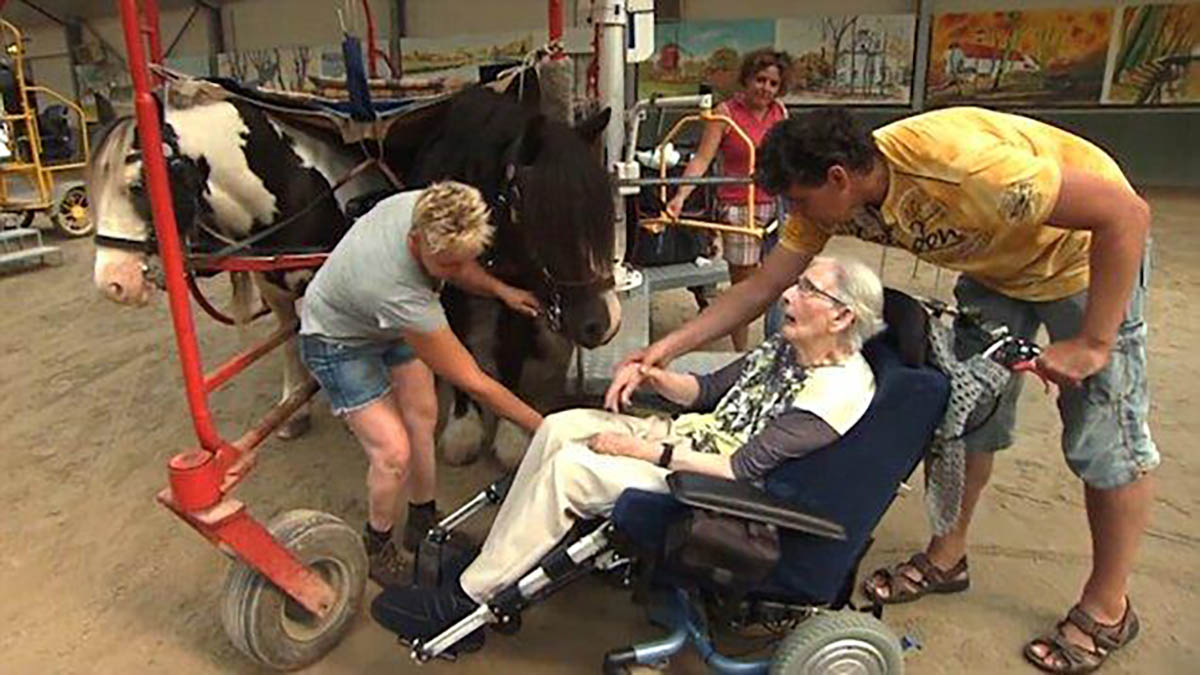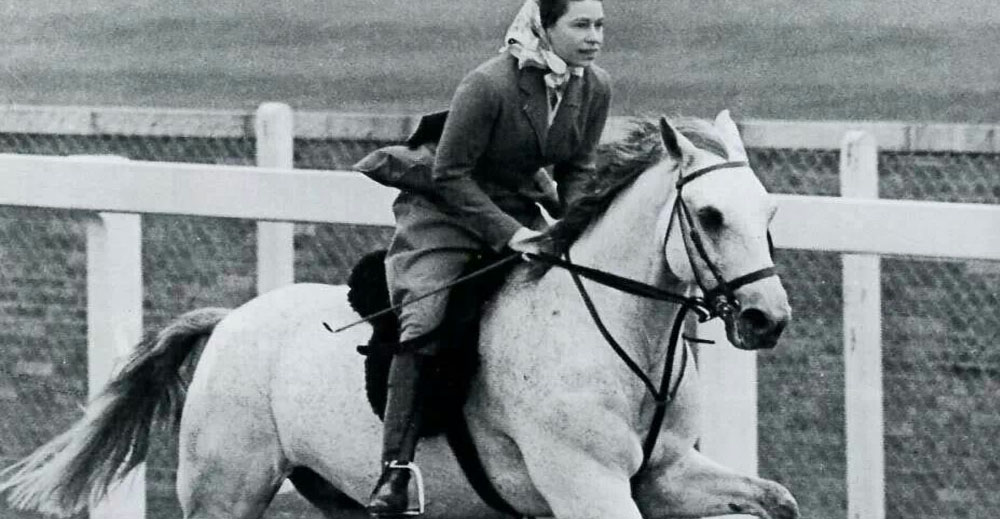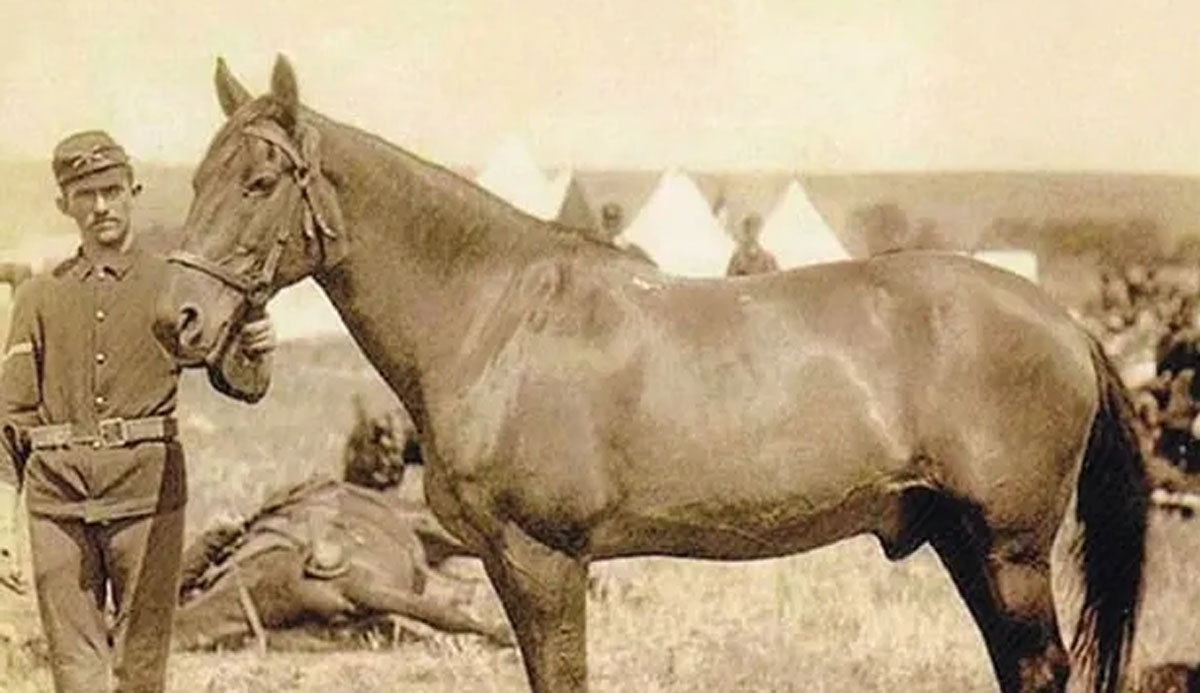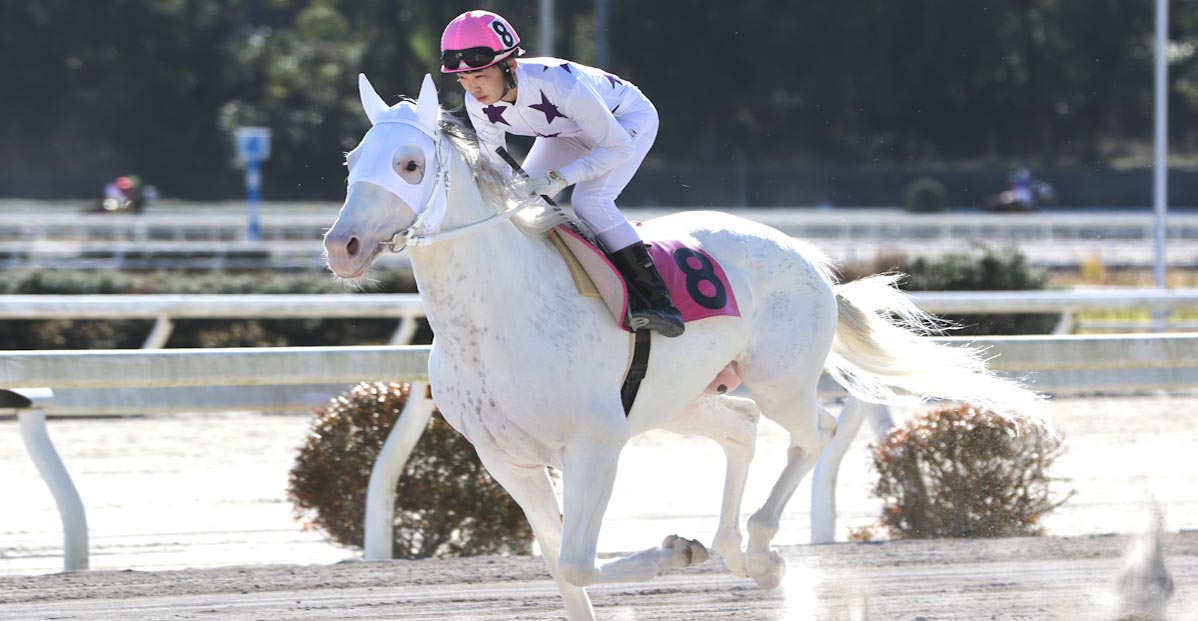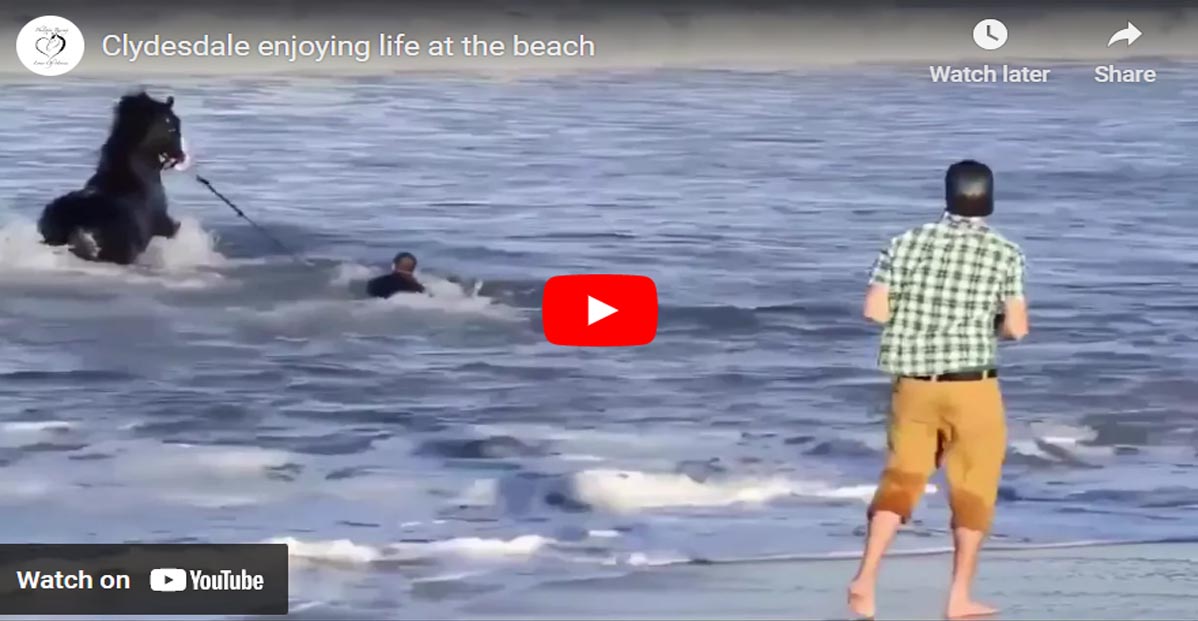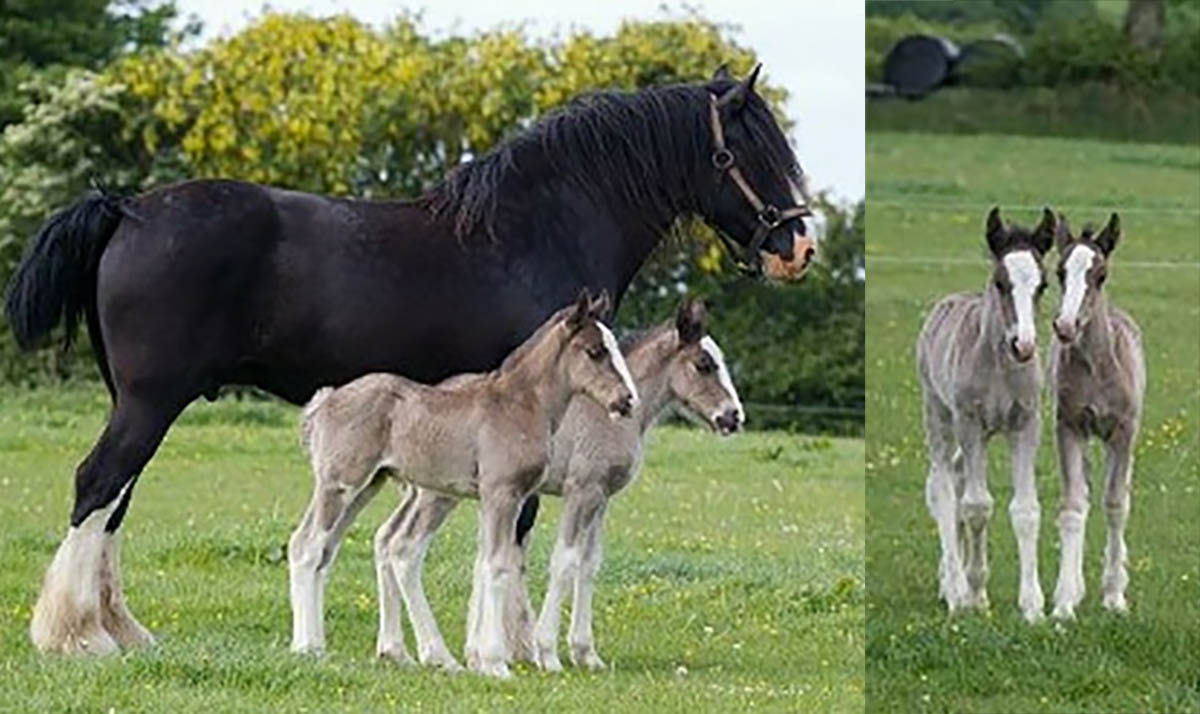Lone Jorgensen
Born on the 23rd April, 1962 in Copenhagen, Denmark, Lone Jorgensen is an international dressage rider who represented Denmark in the dressage arena on many occassions, including the 1997 European championships riding the talented horse Kennedy, together the pair would finish in 28th spot in the individual standings. At the 2000 sydney olympics and 2004 olympics in Athens, Greece, In 2000 Lone Jorgensen finished in 7th place individually in Sydney then in Greece she would finish 38th. Lone Jorgensen is married to showjumping rider Uli Eggers, together they moved to Melbourne, Australia.
Lone Jorgensen & Kennedy,Hickstead European Championships 2003

Since 1982 I live and work in Germany, near Stuttgart. I started as a show jumper in the training stable of Uli Eggers. was only with the purchase of the filly Wrong Number, which later Wempe Jewel, I came to dressage .. The purchase of this filly was not really planned. We really wanted a foal with Spring-descent have, but as a program number turned out, we bought it were accidentally a foal with Dressurab-stammung. Now we had to make the most of it!
I rode with Wempe Jewel already up to Inter I. And I always found more pleasure in the dressage. I had my greatest success with Wempe Jewel, when I was in 1992 when the mare indoor dressage champion in Stuttgart`s Hanns-Martin-Schleyer-Halle.
1993 we bought the then 4-year-old Kennedy on the riding horse auction in the main and Marbach stud .. This time it was also intended to buy a young, talented dressage horse!
FBW Kennedy took 5 - and 6 part-year (1994 and 1995) at the Federal Championships in Warendorf. Seven year we have already occupied the 3rd Place at the Indoor Dressage Championships (1996) in the Schleyer-Halle Stuttgart.
From then on it went with us both uphill. Back in 1997 we won our first Grand Prix in Heroldsberg. That same year I took for my country, Denmark participates in the European Championship in Verden. I ended up back in the standings to 28th spot
Two years later, we won at the European Championships in Arnhem with the team (Lars Petersen / Blue Hors Cavan, Anne van Olst / Any how, Jon D. Pedersen / Esprit d`Valdemar) the bronze medal.
In the Olympics, unfortunately we had a little bad luck, because the horse Blue Hors Cavan of my team colleagues in Lars Petersen was injured just before the quarantine and could not travel to Sydney. Just before the Grand Prix in Sydney was injured then even the horse by Anne van Olst. Thus, unfortunately, our hopes and wishes were then fused to the bronze medal. We have nevertheless done well and missed a medal by only a few points!

View More Coloured Stallions - Stableexpress has an extensive stallion database
12 - Göteborg, World Cup Qualifier - 02/04/1996 - Florence
7 - Oslo, Oslo Grand Prix - 24/10/1994 - HEIDE
11 - Aachen, Nations Cup - 12/07/1994 - HEIDE
01 - Gera, Nations Cup - 22/09/1993 - Calypso (ex Sire d’Hotot)
02 - Sopot, Nations Cup - 18/08/1993 - Calypso (ex Sire d’Hotot)
78 - Olympics, Individual - 22/05/1992 - Qludy
5 - The Royal Show, Nations Cup - 12/07/1986 - Qludy
Q. My TB mare’s feet became very sore after she’d been shod, and there were signs of heat. After examining her, my vet assumed it was laminitis, but a friend of mine thought it might be nail bind. My mare has never had laminitis before! One of her front feet is smaller than the other. Please could you tell me what you think it might be, whether I need to muzzle her when she’s grazing and if I can still feed her sugar beet and a prebiotic?
The term ‘laminitis’, in its most correct interpretation, means inflammation of the sensitive laminae (or layers) of the foot. Therefore, even bruising can be associated with a degree of laminitis. The condition commonly called laminitis by vets, owners and farriers is that which is usually caused by excessive intake of grain or grass, excessive loading of the limb from strenuous exercise or lameness in another limb, toxaemia or other unknown factors.
Ouch!
Laminitis is characterised by a variable degree of pain, ranging from low-grade to non-weight bearing, increased digital pulse and heat in the affected foot or feet. And the characteristic stance – where the body weight is transferred to the hind limbs, held under the body while the forelimbs are extended in front – is seen in severe cases in which both front limbs are affected.
Inflammation of the hoof, for whatever reason, may cause signs which are similar to laminitis – especially if both feet are affected. In early stages, even radiographs may not aid in diagnosis if there is no rotation of the pedal bone.
It is possible that when your mare was shod, the shoe nails were put in ‘tight’. This is called nail bind, where the nails lie close to, or impinge upon, the sensitive laminae, especially if a lot of foot had to be removed. Many TBs have thin soles and hoof walls, and it’s easy to induce soreness after shoeing.
One foot’s bigger
Many horses have one foot smaller and more upright than the other, and this hoof conformation is more prone to nail bind, as the hoof wall is much steeper in the smaller foot. Excessive trimming or nail bind can result in signs consistent with laminar pain or laminitis, but the pain would resolve quickly after removal of the shoes.
If your mare is sound, it should be safe to lead her out and then turn her out for short periods, monitoring her closely. If she is only out for short periods, you shouldn’t need to muzzle her. You can certainly feed her a prebiotic without doing her any harm and unmolassed sugar beet is fine.
Hopefully her foot pain was related to the shoeing rather than feed related, and should not recur the next time she is shod.
Lone Jorgensen & Kennedy,Hickstead European Championships 2003

Lone Jorgensen
I was born on 23 April 1962 in Copenhagen, I started with 12 years to ride. As my older sister took lessons, I also wanted to learn to ride. At 17 I started in the vicinity of Copenhagen, my training as a professional rider.Since 1982 I live and work in Germany, near Stuttgart. I started as a show jumper in the training stable of Uli Eggers. was only with the purchase of the filly Wrong Number, which later Wempe Jewel, I came to dressage .. The purchase of this filly was not really planned. We really wanted a foal with Spring-descent have, but as a program number turned out, we bought it were accidentally a foal with Dressurab-stammung. Now we had to make the most of it!
I rode with Wempe Jewel already up to Inter I. And I always found more pleasure in the dressage. I had my greatest success with Wempe Jewel, when I was in 1992 when the mare indoor dressage champion in Stuttgart`s Hanns-Martin-Schleyer-Halle.
1993 we bought the then 4-year-old Kennedy on the riding horse auction in the main and Marbach stud .. This time it was also intended to buy a young, talented dressage horse!
FBW Kennedy took 5 - and 6 part-year (1994 and 1995) at the Federal Championships in Warendorf. Seven year we have already occupied the 3rd Place at the Indoor Dressage Championships (1996) in the Schleyer-Halle Stuttgart.
From then on it went with us both uphill. Back in 1997 we won our first Grand Prix in Heroldsberg. That same year I took for my country, Denmark participates in the European Championship in Verden. I ended up back in the standings to 28th spot
Two years later, we won at the European Championships in Arnhem with the team (Lars Petersen / Blue Hors Cavan, Anne van Olst / Any how, Jon D. Pedersen / Esprit d`Valdemar) the bronze medal.
In the Olympics, unfortunately we had a little bad luck, because the horse Blue Hors Cavan of my team colleagues in Lars Petersen was injured just before the quarantine and could not travel to Sydney. Just before the Grand Prix in Sydney was injured then even the horse by Anne van Olst. Thus, unfortunately, our hopes and wishes were then fused to the bronze medal. We have nevertheless done well and missed a medal by only a few points!
Lone Jorgensen Competition Results
9 - Olympia International Horse Show, World Cup Dressage Qualifier - 14/12/2005 - Hardtof`s Ludewig G
Country Lone Ranger
Country Lone Ranger is a Grade A coloured jumping stallion with wins in the county circuit. Before becoming a showjumper Country Lone Ranger was successful as a show horse qualyfing for the Horse Of The Year Show in in the ridden coloured class. Wolstan Lonestar out of the mare Country Lady who is a daughter of Country Golden Pride.. Below you can watch Country Lone Ranger in competition.View More Coloured Stallions - Stableexpress has an extensive stallion database
Maguelone Gobart
Maguelone Gobart - France - Endurance Rider
Lone Kroman
Lone Kroman Horses
Calypso (ex Sire d’Hotot) (Hadj A x Quastor), Florence, Gin Alfarvad Z, HEIDE (Inschallah), QludyLone Kroman Competition Results
7 - Göteborg, Ladies Against the clock - 13/01/2006 - Gin Alfarvad Z12 - Göteborg, World Cup Qualifier - 02/04/1996 - Florence
7 - Oslo, Oslo Grand Prix - 24/10/1994 - HEIDE
11 - Aachen, Nations Cup - 12/07/1994 - HEIDE
01 - Gera, Nations Cup - 22/09/1993 - Calypso (ex Sire d’Hotot)
02 - Sopot, Nations Cup - 18/08/1993 - Calypso (ex Sire d’Hotot)
78 - Olympics, Individual - 22/05/1992 - Qludy
5 - The Royal Show, Nations Cup - 12/07/1986 - Qludy
Lone J銝Rgensen
Lone J銝Rgensen - DenmarkLone Madsen
Lone Madsen - DenmarkLone Aalekjear Hansen
Lone Aalekjear Hansen - Denmark - Endurance RiderGilone De Clermont Tonnerre
Gilone De Clermont Tonnerre - FranceQ. My TB mare’s feet became very sore after she’d been shod, and there were signs of heat. After examining her, my vet assumed it was laminitis, but a friend of mine thought it might be nail bind. My mare has never had laminitis before! One of her front feet is smaller than the other. Please could you tell me what you think it might be, whether I need to muzzle her when she’s grazing and if I can still feed her sugar beet and a prebiotic?
The term ‘laminitis’, in its most correct interpretation, means inflammation of the sensitive laminae (or layers) of the foot. Therefore, even bruising can be associated with a degree of laminitis. The condition commonly called laminitis by vets, owners and farriers is that which is usually caused by excessive intake of grain or grass, excessive loading of the limb from strenuous exercise or lameness in another limb, toxaemia or other unknown factors.
Ouch!
Laminitis is characterised by a variable degree of pain, ranging from low-grade to non-weight bearing, increased digital pulse and heat in the affected foot or feet. And the characteristic stance – where the body weight is transferred to the hind limbs, held under the body while the forelimbs are extended in front – is seen in severe cases in which both front limbs are affected.
Inflammation of the hoof, for whatever reason, may cause signs which are similar to laminitis – especially if both feet are affected. In early stages, even radiographs may not aid in diagnosis if there is no rotation of the pedal bone.
It is possible that when your mare was shod, the shoe nails were put in ‘tight’. This is called nail bind, where the nails lie close to, or impinge upon, the sensitive laminae, especially if a lot of foot had to be removed. Many TBs have thin soles and hoof walls, and it’s easy to induce soreness after shoeing.
One foot’s bigger
Many horses have one foot smaller and more upright than the other, and this hoof conformation is more prone to nail bind, as the hoof wall is much steeper in the smaller foot. Excessive trimming or nail bind can result in signs consistent with laminar pain or laminitis, but the pain would resolve quickly after removal of the shoes.
If your mare is sound, it should be safe to lead her out and then turn her out for short periods, monitoring her closely. If she is only out for short periods, you shouldn’t need to muzzle her. You can certainly feed her a prebiotic without doing her any harm and unmolassed sugar beet is fine.
Hopefully her foot pain was related to the shoeing rather than feed related, and should not recur the next time she is shod.



